What Is Blended Fabric? Guide To Fibers, Uses And Benefits
Imagine a fabric that offers the breathability of cotton, the strength of polyester, and the luxurious feel of silk – all in one. This isn’t a futuristic dream, but the everyday reality of blended fabrics. These materials are masterfully engineered by combining different fibers to achieve a superior set of characteristics that single-fiber textiles often can’t match.
If you’re curious about how these ‘super-fabrics’ are made, what they’re used for, and why they’re so advantageous, this guide will illuminate the fascinating world of blended fibers, their uses, and their many benefits. Let’s read it!
1. What is blended fabric?
Think of making a smoothie. You mix different fruits together to get the taste and texture you want. Blended fabric is similar, but instead of fruit, we mix different types of fibers together before they are spun into yarn and made into fabric.
Fibers are the tiny, thread-like strands that make up fabrics. They can be:
- Natural fibers: These come from plants or animals, like cotton (from cotton plants) or wool (from sheep).
- Man-made fibers (also called synthetic fibers): These are created by people using chemical processes, like polyester or rayon.
Blended fabric, then, is simply a mix of two or more different types of these fibers. You can mix natural with natural, natural with synthetic, or synthetic with synthetic. The main goal is to combine the good qualities of each fiber into one new textile material.
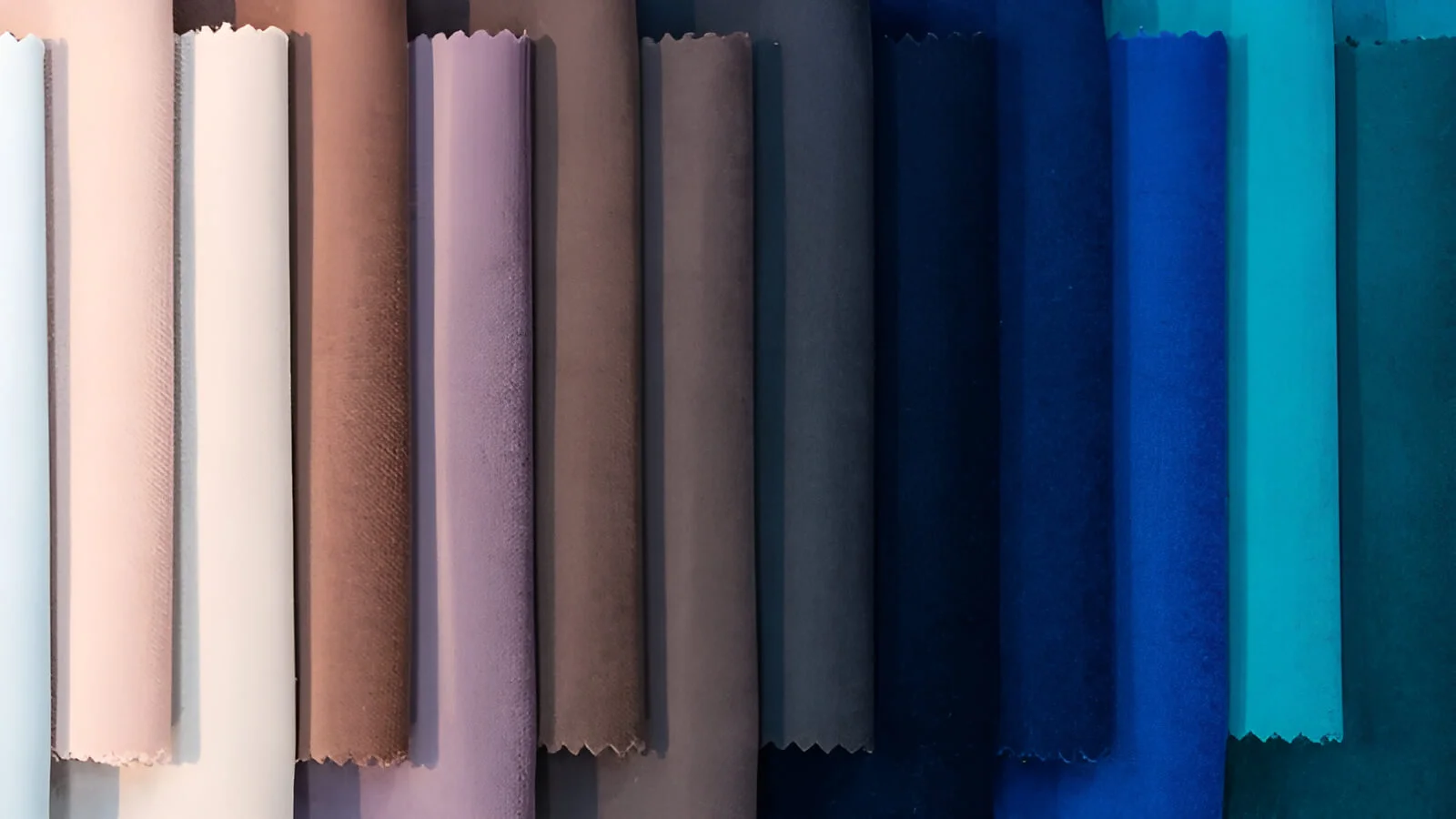
2. Why do we use blended fabrics?
Why mix fibers instead of just using one type? Blending allows manufacturers to create fabrics with specific benefits by combining the best properties or characteristics of different fibers. Here are the main reasons:
- Improve feel/comfort: Adding a soft fiber like rayon to cotton can make the final fabric feel smoother.
- Increase strength/durability: Adding a strong fiber like polyester to cotton makes the fabric last longer and resist tearing. This enhances durability.
- Easier care: Blending can make fabrics less likely to wrinkle (wrinkle resistance), meaning less ironing! It can also make them easier to wash and dry. Polyester often helps with this.
- Add functionality: Adding stretchy fibers like Spandex allows clothes to move with you, providing comfort and flexibility. This is a key property of Spandex blends.
- Reduce cost: Some natural fibers, like silk or cashmere, are expensive. Mixing them with less expensive fibers like polyester or acrylic makes the final product more affordable.
Blending fibers modifies the final fabric properties in useful ways.
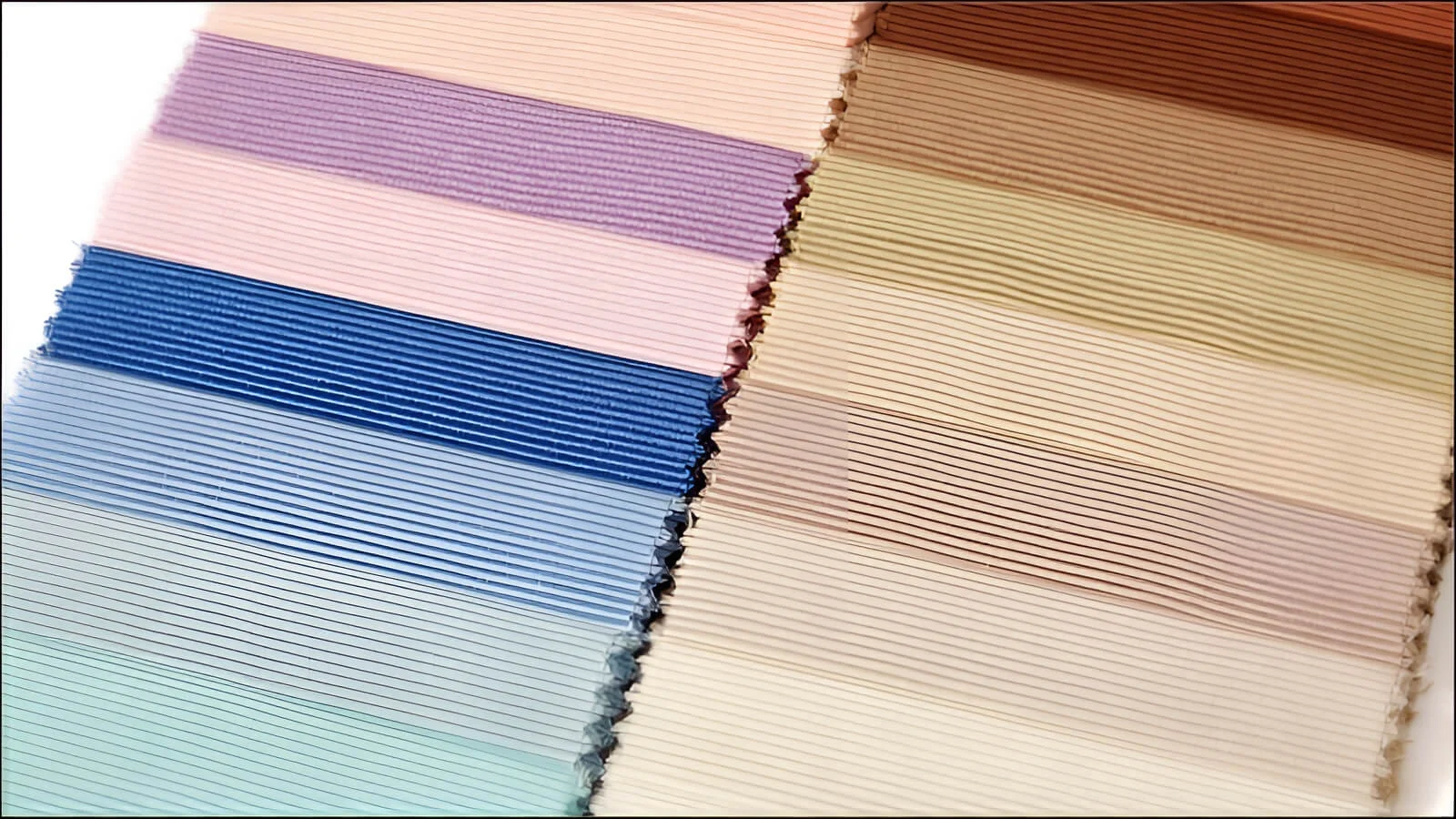
3. What are some common blended fabrics?
You probably have several items made from blended fabrics in your closet right now! Here are a few very common examples you’ll see in the apparel industry
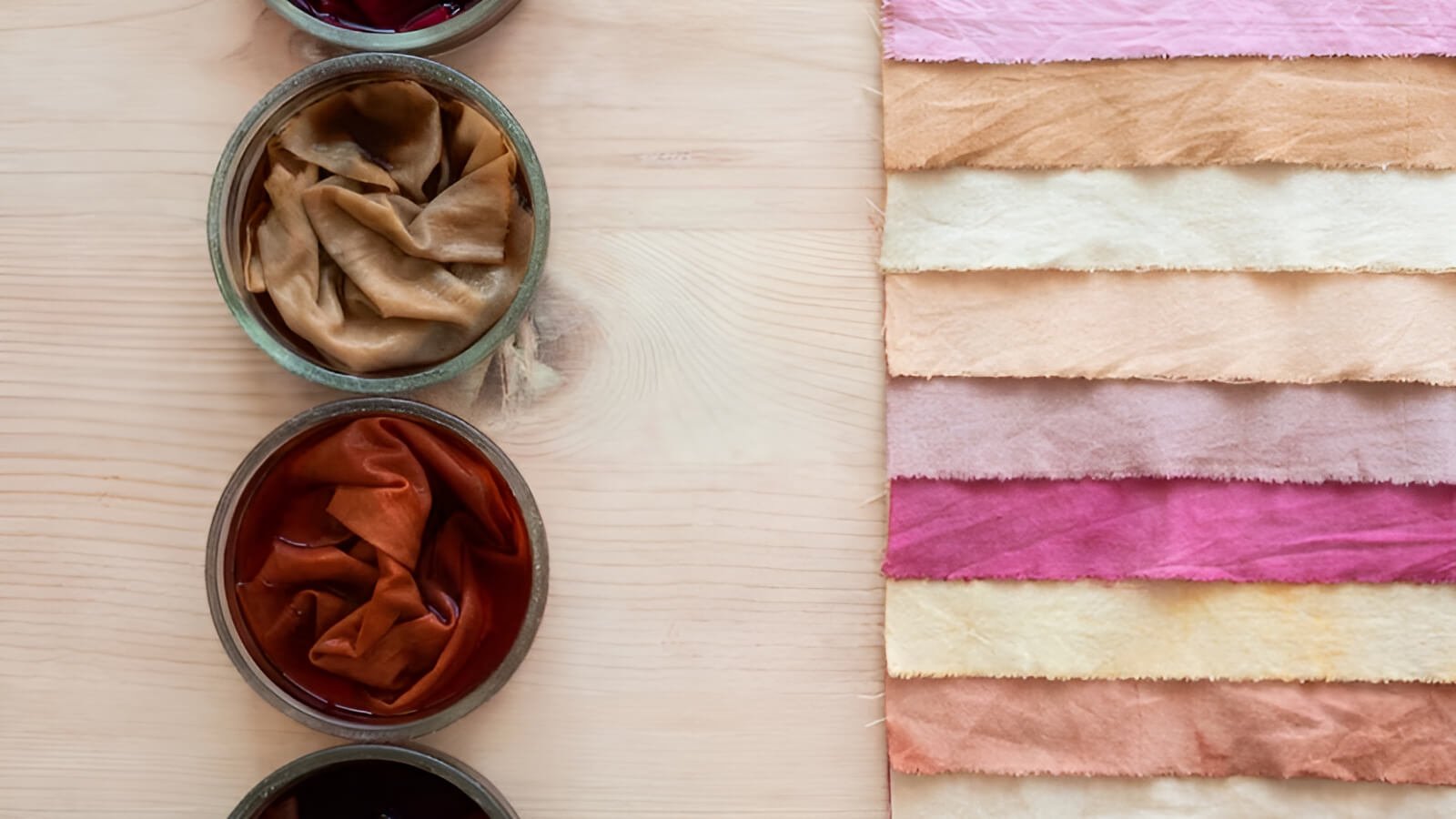
3.1 Poly-cotton
- What it is: A mix of polyester and cotton (cotton-polyester blend). The exact ratio can vary (e.g., 60% cotton / 40% polyester, or 50/50).
- Common uses: T-shirts, bed sheets, shirts, workwear.
- Why it’s used: Polyester adds strength, durability, and wrinkle resistance. Cotton adds softness and some breathability. It’s a popular blend because it balances comfort with easy care.
3.2 Spandex blends (stretch fabric)
- What it is: Usually cotton, polyester, or another fiber mixed with a small amount of Spandex (often just 2-5%).
- Common uses: Jeans (stretch denim), leggings, activewear, t-shirts, fitted shirts.
- Why it’s used: The Spandex adds stretch and flexibility, making clothes more comfortable to move in and helping them keep their shape.
3.3 Wool blends
- What it is: Wool mixed with other fibers like acrylic, polyester, or nylon.
- Common uses: Sweaters, suits, coats, socks, blankets.
- Why it’s used: Blending can make wool items less expensive, lighter, easier to wash, less itchy, and sometimes more durable, while still keeping much of wool’s warmth.
4. What’s good about blended fabrics?
To quickly sum up, here are the main advantages of using blended fabrics:
- Often stronger / more durable: They tend to last longer and resist tears better than some pure fibers.
- Fewer wrinkles: Often require less ironing.
- Easier care: Many blends are machine washable and dry faster.
- Added comfort/function: Features like stretch (from Spandex) improve comfort and fit.
- Usually cost less: Blending expensive fibers with cheaper ones makes products more affordable.
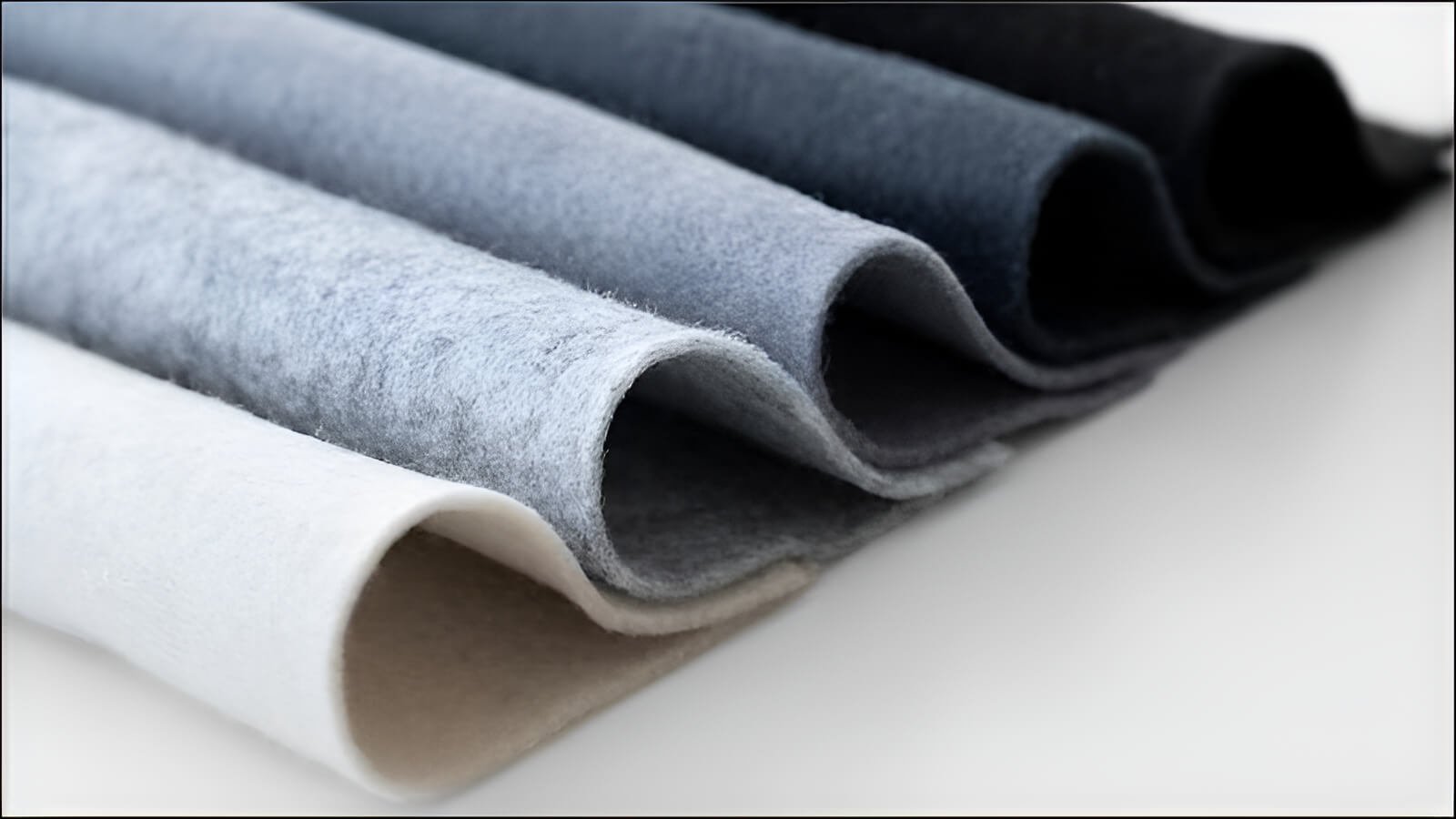
5. Are there any downsides?
While blends offer many benefits, there can be a few drawbacks:
- Less breathable: Some blends, especially those high in synthetic fibers like polyester, don’t let air pass through as well as 100% natural fibers like cotton. This can make you feel warmer or sweatier. Many people ask, “is blended fabric breathable?” – it often depends on the specific blend.
- Pilling: Some blends are prone to pilling – forming small, fuzzy balls on the surface after washing and wear.
- Different feel: The texture might not feel as soft or “natural” as 100% cotton, wool, or silk to some people.
- Variable care: While often easy, blended fabric care instructions can vary. Always check the label, as different mixes need different care.
These are some potential cons of using blended fabric.
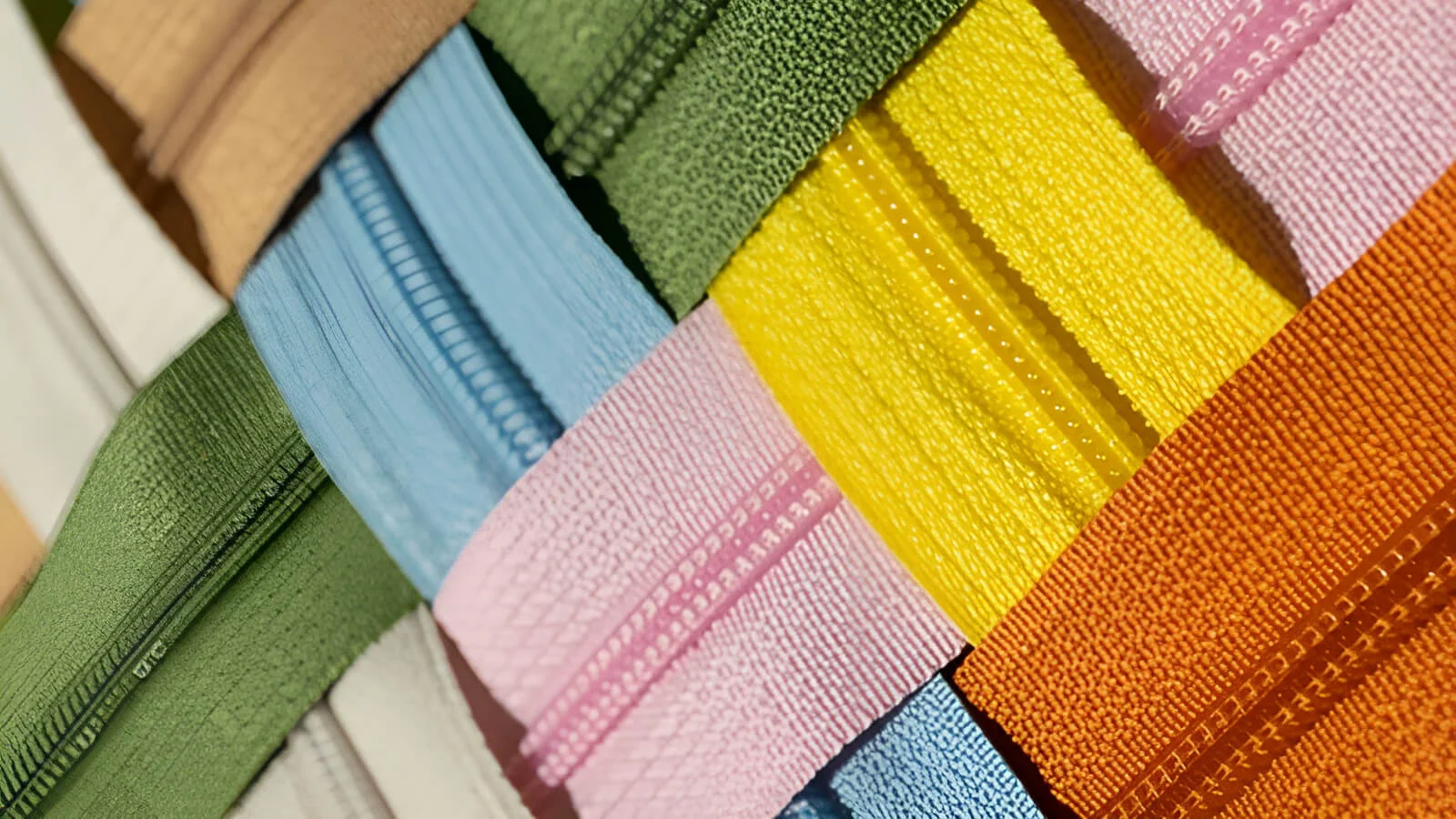
6. How do I know if my clothes use blended fabric?
It’s easy! Just look for the care label inside your clothing. This label is usually sewn into a side seam or near the collar. The label will list the “fiber content“. If it shows more than one type of fiber with a percentage (%) next to each, then it’s a blended fabric. For example:
- 60% cotton / 40% polyester = blended fabric
- 95% rayon / 5% Spandex = blended fabric
- 100% cotton = not a blended fabric (it’s made of only one fiber)
Reading labels like this tells you exactly what your clothes are made of. The care label also provides important blended fabric care instructions (how to wash, dry, etc.), so be sure to follow them! The “fiber content” section shows the types of fibers included, and the percentage shows the ratio of each.
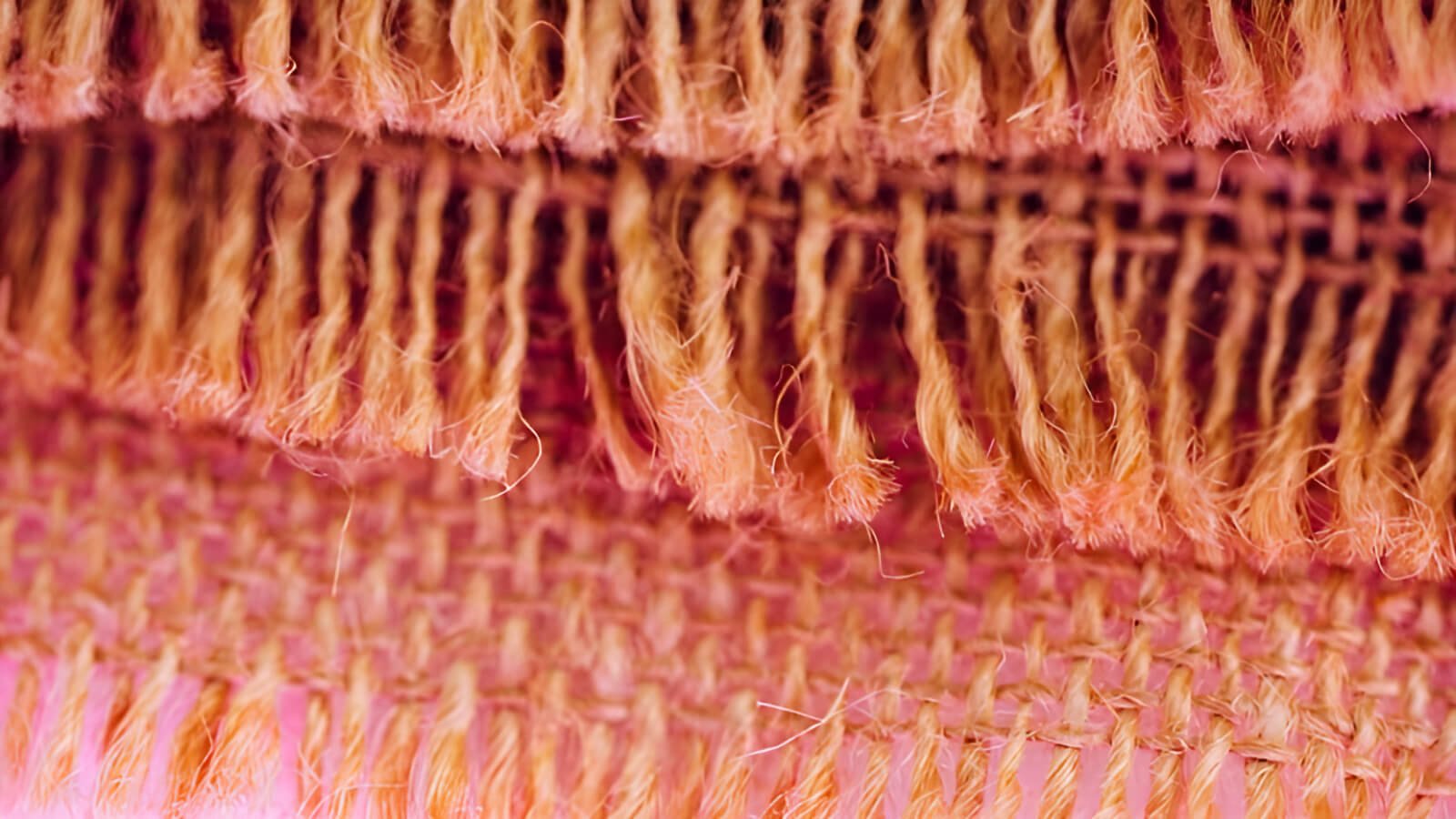
Explore more:
Blended fabrics are very common in clothing materials and other textile materials because they offer practical benefits by combining the best features of different fibers. Now you know what it means when you see those fiber mixes on the tag!






















